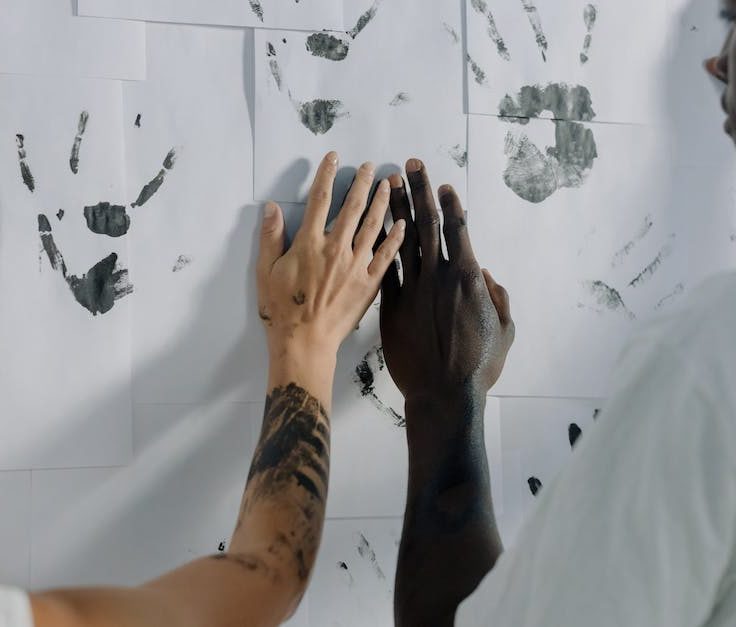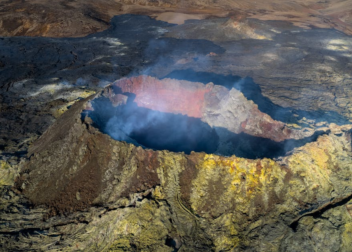Creativity – Does It Really Enhance?
The term “enhanced creativity” has been bandied about in the business and marketing world for some time, yet there is relatively little agreement among those who use the term on the one hand and those who use it on the other. On the one hand, some people who use this term to characterize the phrase as synonymous with increased originality or initiative. Others who use the term, although not always in that way, believe that the phrase refers to a willingness to try new and/or innovative things. Still others believe that the term enhances creativity, and that those who use it are truly more creative, regardless of the phrase.
It is easy to see why those in the marketing profession might use the term “enhanced creativity” more often than those in the business or creative professions. Marketing gurus promote their own ideas, products, and services. They are willing to risk the acceptance of their ideas by doing so. Whereas, those who work in creative professions tend to be older, have had careers which have usually made them skilled in the area in which they work, and have therefore been able to build up original ideas and creations over their lifetimes.
Some creative people believe that the term “originality” is a poor description of the term “creativity.” According to them, it indicates that a person or group is trying to claim ownership or “rights” to some idea, product, or originality, when in fact creativity occurs when a succession of events occurs, each of which enhances the prior. They further believe that a better term for creativity would be “incision of boundaries.” By creating a series of boundaries that a person or group has set up, creativity occurs.
On the other hand, those in the business and marketing professions may actually believe that “originals” are oxymorons. Originality can be created, they contend, but only through a series of steps and not through “pureness of form.” In other words, to create originality a person or group must step outside of accepted boundaries in order to gain new insights, lift current ideas, or discover untapped talent and abilities. In marketing circles, however, originality is valued because it helps create brand loyalty and increases brand awareness. Enhanced creativity, on the other hand, is often associated with risk-taking and creativity, especially by new businesses trying to differentiate themselves from existing companies.
Creativity and originality do not necessarily go together. Some types of creativity may enhance other types. For example, a highly creative painter may have a difficult time expressing his or her ideas in a way that another more conservative painter would be able to easily express. A highly creative author could find that while writing the book, she needed to hone her own creativity to ensure that her book was truly unique and would stand out among all of the similar books on the market.
As you can see, there is no hard-and-fast rule regarding what constitutes originality and creativity. Some may view highly original paintings and literary works as having the most potential for improving their own lives, while others may consider that a highly original song written by a famous song-writer has little chance of becoming popular. However, if you are working in creative fields – whether you are a writer painter, or speaker – originality is a key factor. It will help you improve your personal style, help you develop and excel in your chosen field, and allow you to enhance your personal and professional relationships.



